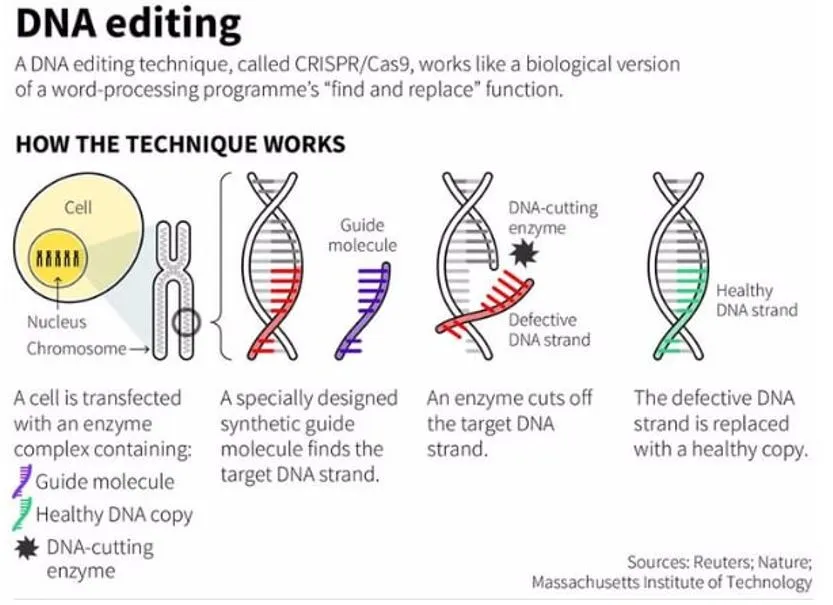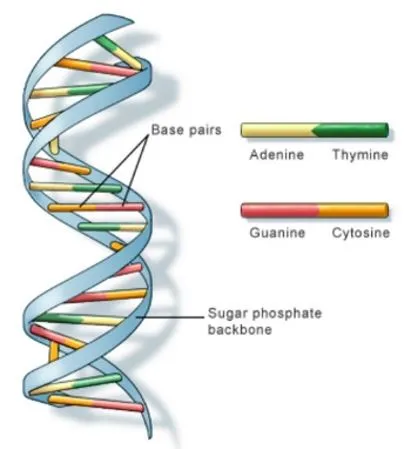

15th May 2025 (11 Topics)
Context
India recently became the first country in the world to develop rice varieties (DRR Dhan 100 (Kamala), Pusa DST Rice 1) using genome editing technology. This breakthrough is significant because it promises to address critical challenges such as climate change, pest resistance, and water scarcity, while increasing crop yield and nutritional quality.
What is Genome Editing and How is it Different from Genetic Modification?
- Genome editing is a modern biotechnological technique that allows scientists to make precise changes to an organism’s DNA. It involves editing specific parts of the genome without introducing genes from other species.
- There are different types of genome editing techniques, often categorized as Site-Directed Nuclease (SDN) methods:
- SDN-1: The DNA is cut at a specific location, and the cell repairs the break naturally, causing small mutations that could also occur naturally.
- SDN-2: The DNA is cut and a small piece of DNA is introduced to guide the repair process, making precise changes.
- SDN-3: Foreign DNA is inserted into the genome, which is considered traditional genetic modification (GM).
- The two rice varieties developed in India use SDN-1 and SDN-2 techniques, meaning they do not contain any foreign genes and thus are not classified as genetically modified (GM) crops under many regulatory frameworks.

The Two New Genome-Edited Rice Varieties
India launched two genome-edited rice varieties developed by researchers under the Indian Council of Agricultural Research (ICAR):
- DRR Dhan 100 (Kamala): Developed from the popular high-yielding Samba Mahsuri rice, Kamala is superior in several aspects:
- Higher yield:37 tonnes per hectare compared to 4.5 tonnes of Samba Mahsuri.
- Drought tolerance and better nitrogen use efficiency.
- Earlier maturity: About 20 days earlier than its parent variety, which saves water, fertilizer, and reduces methane emissions.
This combination of traits makes it a climate-resilient, resource-efficient rice variety.
- Pusa DST Rice 1: Developed from the MTU1010 variety, this rice performs better under stress conditions like:
- Inland salinity stress:66% higher yield than MTU1010.
- Alkalinity and coastal salinity: Shows 14.66% and 30.4% yield advantage, respectively.
This makes Pusa DST Rice 1 valuable for cultivation in salt-affected areas.
Scientific Process Behind Development
- Scientists used advanced genome editing tools (SDN-1 and SDN-2) to create these rice varieties. This process involved:
- Precisely editing native genes within the rice plants without adding any foreign DNA.
- Extensive field trials across multiple locations and seasons to ensure consistent performance.
- Peer-reviewed research, with Pusa DST Rice 1’s research paper published in 2020 and widely cited, validating the scientific community’s recognition.
- The technology allows for precision breeding, which is faster and more targeted compared to traditional breeding or genetic modification.
Deoxyribonucleic acid (DNA):
 |
More Articles

